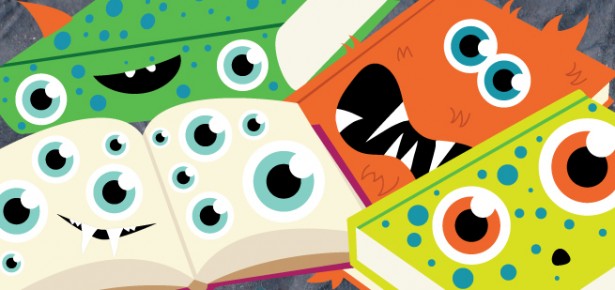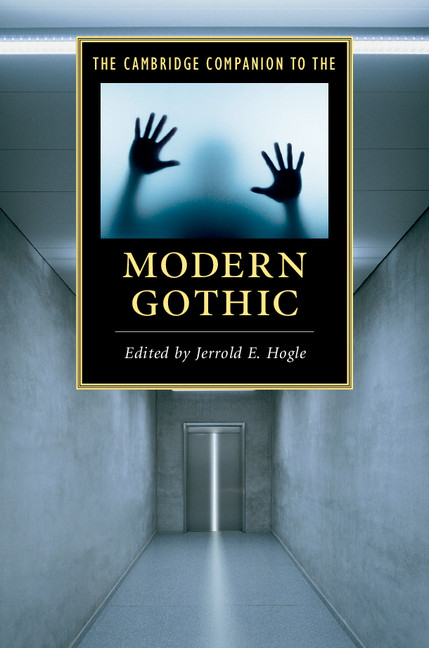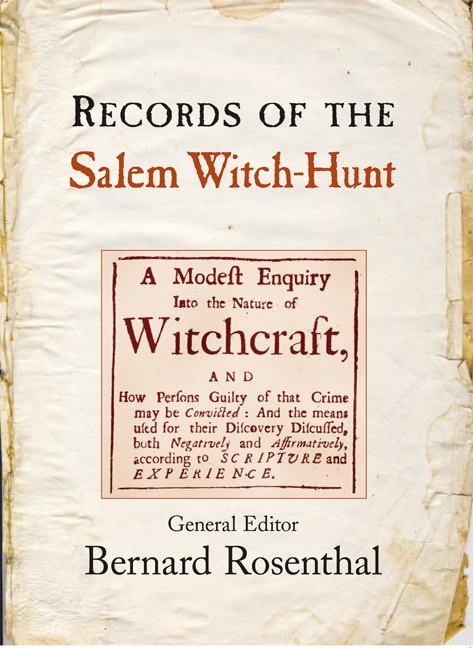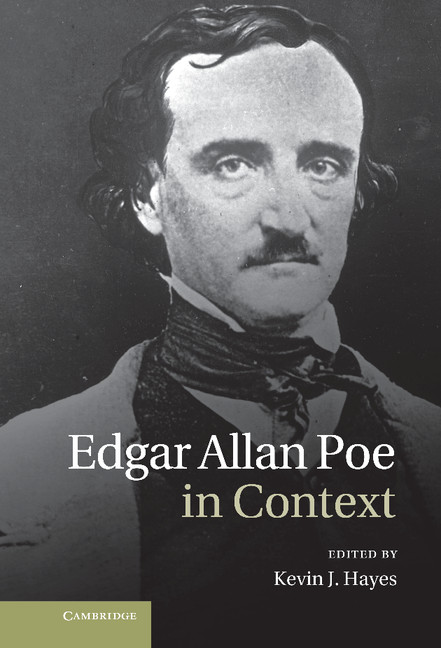
No matter what Andy Williams says, I firmly believe that the most wonderful time of the year is now upon us—only 9 more days until Halloween! We are kicking off a week-and-a-half long tribute to all things scary and spooky as Cambridge experts explore Halloween lore from vampires to witches to horror stories. If you’re looking for something to read this Halloween, look no further!
A complete overview of the theory and practice of magic in the West, up to the present day. This chronological survey extends from the stories of magic in the Ancient Near East and early Greece and Rome to new-age magic in 21st century North America. A important component of cultures throughout time and across the world, magic carries a compelling global legacy. Explore the world of magic from Persian curse tablets to US neo-paganism in this essential study. And check back on Friday for a post from contributor Michael D. Bailey about witchcraft in medieval Europe.
 The Cambridge Companion to the Modern Gothic
The Cambridge Companion to the Modern GothicWhen you think “Gothic”, you think creepy castles, distorted gargoyles, stormy nights, Mary Shelley, right? Think again. The Gothic has taken on a new life in the 20th and 21st centuries in literature, film, television, and cyberspace. From Buffy to True Blood, David Lynch to Stephen King, the Gothic pervades today’s culture. Fourteen essays by world-class experts show how the Gothic helps audiences both to distance themselves from and to deal with some of the key underlying problems of modern life, including the norms and shifting boundaries of sex and gender, the explosion of different forms of media and technology, the mixture of cultures across the western world, the problem of identity for the modern individual, what people continue to see as evil, and the very nature of modernity.
Gail Turley Houston puts the Gothic classics of the 19th century in their economic context in this fascinating book: Little Dorrit, Dracula, Dr. Jekyll and Mr. Hyde, and Villette—Gothic classics all—are pervaded by the language and imagery of economics, and transformed by Victorian commerce and banking. Banking crises were often linked with ghosts or inexplicable non-human forces, and financial panic was figured through Gothic or supernatural means. Even the term “panic” moves between its double uses in these works as a banking term and a defining emotion in sensational and Gothic fiction. The worlds of Victorian economics and Gothic fiction, seemingly separate, actually complemented and enriched each other.
Don’t miss Houston’s post on Monday about the modern mutations undergone by Stoker’s Dracula—and why the original is the best.

The Salem witch trials of 1692 and 1693 are seared into the American historical record: this book presents a comprehensive record of all legal documents pertaining to the infamous trials. A key reference that offers a compelling legal narrative of the New England witch hunts unfolds through legal records—much is revealed by seeing who wrote what, when. If you can’t wait to hear more, editor Bernard Rosenthal’s post on why the myth of the Salem witches has survived will be up next Wednesday.
This book is a study of the narrative techniques that developed for two very popular forms of fiction in the nineteenth century—ghost stories and detective stories—and the surprising similarities between them in the context of contemporary theories of vision and sight. Srdjan Smajić argues that to understand how writers represented ghost-seers and detectives, the views of contemporary scientists, philosophers, and spiritualists with which these writers engage have to be taken into account: these views raise questions such as whether seeing really is believing, how much of what we “see” is actually only inferred, and whether there may be other (intuitive or spiritual) ways of seeing that enable us to perceive objects and beings inaccessible to the bodily senses.
That’s right, a biography of the Devil himself. This study of the conflicting Christian myths of Satan—that of Lucifer the rebel, who drove Adam and Eve to sin (an interpretation familiar to the early Fathers of the Church and readers of Milton); and that of the New Testament’s celestial functionary, appointed to test human beings like Job.
This translation of the Malleus Maleficarum (first published in 1486) is the standard medieval text on witchcraft. In print until the 19th century, this guide described the evil acts of witches and how to exterminate them. This iconic text also offers a close look into the workings of law, religion, and society in early modern Europe. If you haven’t read translator Christopher Mackay’s post last Halloween on translating the Malleus Maleficarum from the original Latin, it’s not to be missed!
 Edgar Allan Poe in Context
Edgar Allan Poe in ContextFamous for his Gothic tales of mystery, horror, and suspense, Edgar Allan Poe is a mainstay in American literature. Scary stories like “The Pit and the Pendulum” and “The Cask of Amontillado” (my favorite!) are embedded in our literary and popular culture (we have the inimitable Vincent Price movies to prove it). This collection explores the world of Poe—his geographical, social, and literary contexts, as well as those created by the 19th century publishing industry and advances in science and technology. These essays pain an unprecedented portrait of Poe’s life and times, and explore how these contexts gave rise to one of the greatest Gothic writers in American fiction. For more about the way we consider Poe’s writing today (and which Poe poem you should read this Halloween!), you can also check out editor Kevin J. Hayes’ post next Thursday.
It just wouldn’t be Halloween without these creepy-crawlies. But how much do you know about arachnids? From the biology of a spider to its habits and life cycle, this book explains everything there is to know about our essential eight-legged October friend (or foe, depending on how you feel about anything with more than four legs—arachnophobes might skip this one!).
Find more scary reads here—we’ve got tons!
Latest Comments
Have your say!